During the post titled “How to Make Homemade Pasta Dough“, we learnt a few ways of making a basic pasta dough out of a few simple ingredients. Also, other passionate home made pasta makers chimed in with valuable tips in the comments section of the post to which goes out a big thank you. So on with the next step.
Homemade Ravioli
Today we are going to take the next step, and make home made ravioli. These little square pillows, which can be filled with all sorts of goodies, are just so easy to make.
So lets start where we left off. You will have already made your dough, following the instructions in the pasta dough link, and have it resting in the fridge.
Making the Filling
Now it is time to make your filling. We will start off with one of the easiest and popular fillings for homemade Ravioli which is Spinach and Ricotta. Great for vegetarians and omnivores alike.
Ingredients
- 200 gm Fresh Ricotta
- 200 gm Spinach or Silverbeet or Rainbow Chard
- 2 cloves crushed garlic
- 1 teaspoon of pine nuts
- 1 Tablespoon olive oil
- 1 teaspoon of butter
- Pinch of Nutmeg
- Salt and Pepper to taste
Now, you don’t necessarily have to use Spinach if you don’t have any in season. I substituted this winter leafy green with Rainbow Chard, which works equally as well. Even Beetroot leaves will suffice, albeit giving you a slight red/green filling.
As I was using Rainbow Chard, I removed all of the coarse stems and just left the leaves, then roughly chopped it.
Add the oil, butter, and garlic to a small sauce pan and gently brown the garlic.
Then add the greens, stir through, and cover. Reduce to a low heat, and sauté the greens for about 5 minutes until wilted.
Add the pine nuts and stir through. heat for a further 5 minutes until pine nuts are soft. Turn off the heat, and set aside.
In a separate bowl, add the Ricotta and mix through the nutmeg and season to taste.
Once seasoned, add the Ricotta and Spinach mixture to a food processor and blend until smooth. Alternatively, you could use a mortar and pestle. The filling just has to be a coarse paste.
If you think the filling is a little sloppy, you can add some breadcrumbs to make it a little drier. If it is too dry, then add a little water. You can tell if it is just right when you take a teaspoon full of it and pop it on a plate. If it holds its shape, then it is fine. If it runs, then it is too sloppy and will make your pasta dough soggy.
Cover your filling and let cool in the fridge for 30 minutes. Don’t make your ravioli with warm filling as the dough will not hold its shape.
Making the Pillows
Now the fun part. Roll out your pasta dough on a floured surface. I used the pasta machine, but a rolling pin will suffice. If using a pasta machine, roll the dough through setting #1 for three times to increase pliability, then once on each number until you get to #5. It should look something like this picture below.
Take the filling and place a teaspoon of it as a blob about 3 cm apart.
Notice how I placed the balls of filling just left of centre. You then fold over the pasta sheet towards you, which looks something like this;
Place your fingers between each ball to exclude the air and press firmly. This seals each pillow so that it doesn’t leak when cooking.
Use a knife or pastry cutter and cut in-between each ravioli. Trim any excess dough for use in the next batch.
Once cut, gently peel off the work surface, and place on a clean tea-towel to firm and dry. Flip them over after an hour so that the bottoms don’t go soggy. You will notice that no two ravioli are the same. It adds to the rustic feel of the meal.
Keep making more until you run out of dough or filling. The excess dough can be used to make a different pasta, which we will cover in the next tutorial.
You may have a ravioli attachment for your pasta machine, however I have found that it just takes too long to make them using it. The ravioli all look the same size and shape, however you really have to keep the filling hopper continuously full or you get half filled pillows. Besides that, it is a pain to clean afterwards.
There you go. Your very own homemade ravioli, ready to cook or freeze for later consumption.
Cooking Your Ravioli
Bring four litres (1 gallon) of water to the boil. Add a Tablespoon of salt, and mix well.
Gently place your ravioli into the boiling water, wait for it to return to the boil, then cook for 5 minutes or until al dente. Inevitably, one or two ravioli will leak, but you make heaps, didn’t you? If cooking from frozen, add two minutes to the cooking time.
Drain well, then mix through a teaspoon of butter or olive oil to avoid sticking.
Serve with a sauce of your choice, and top with shavings of home made Parmesan or Romano cheese.
Without a doubt, this is a delicious pasta, made from scratch. Especially if all the ingredients are as fresh as you can get them. A word of warning though. Homemade Ravioli is addictive.
Once you have made the first batch, you just want to make and eat more.
I realise that there are so many different fillings that you can use, but this basic filling will start you off.
Does anyone else use a different method, or filling, in their homemade ravioli? I would help other learn more about this simple pasta.
PVXE4TQEC4AA

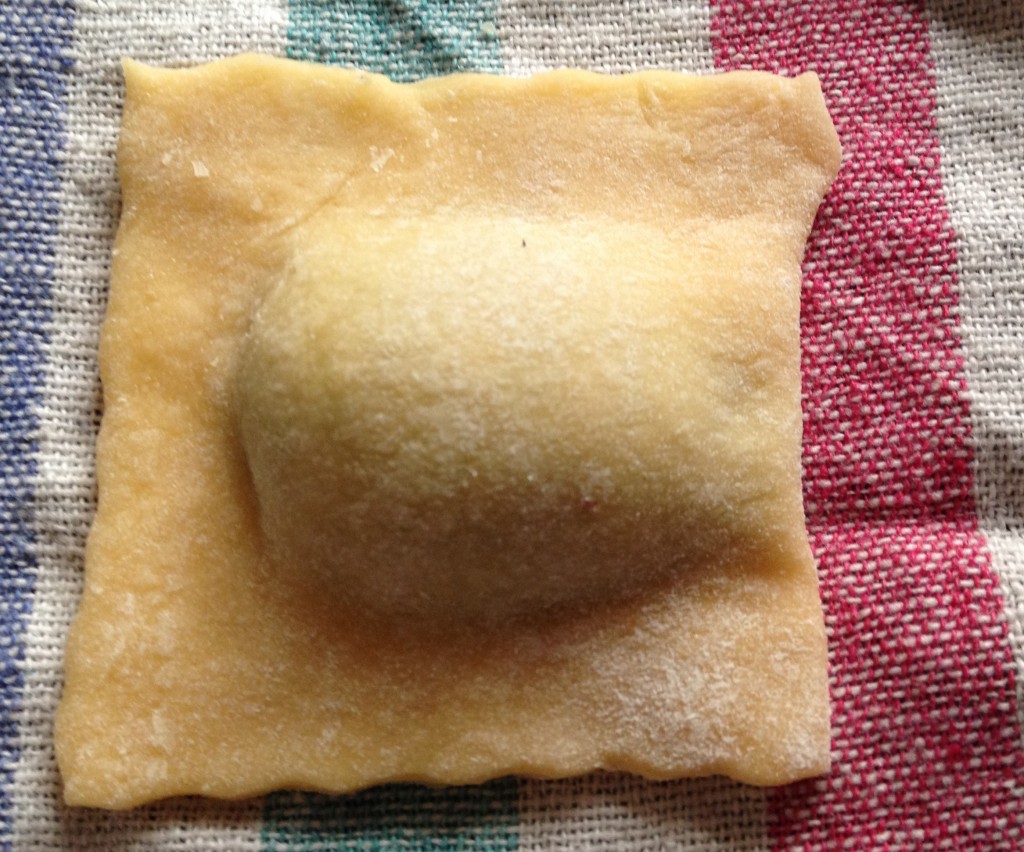
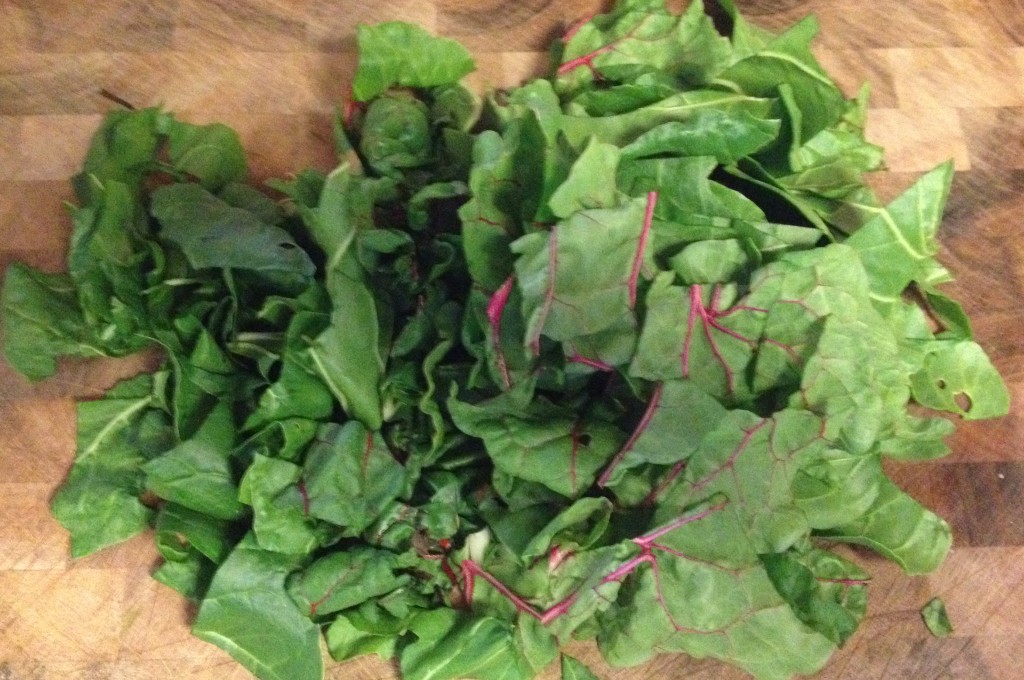
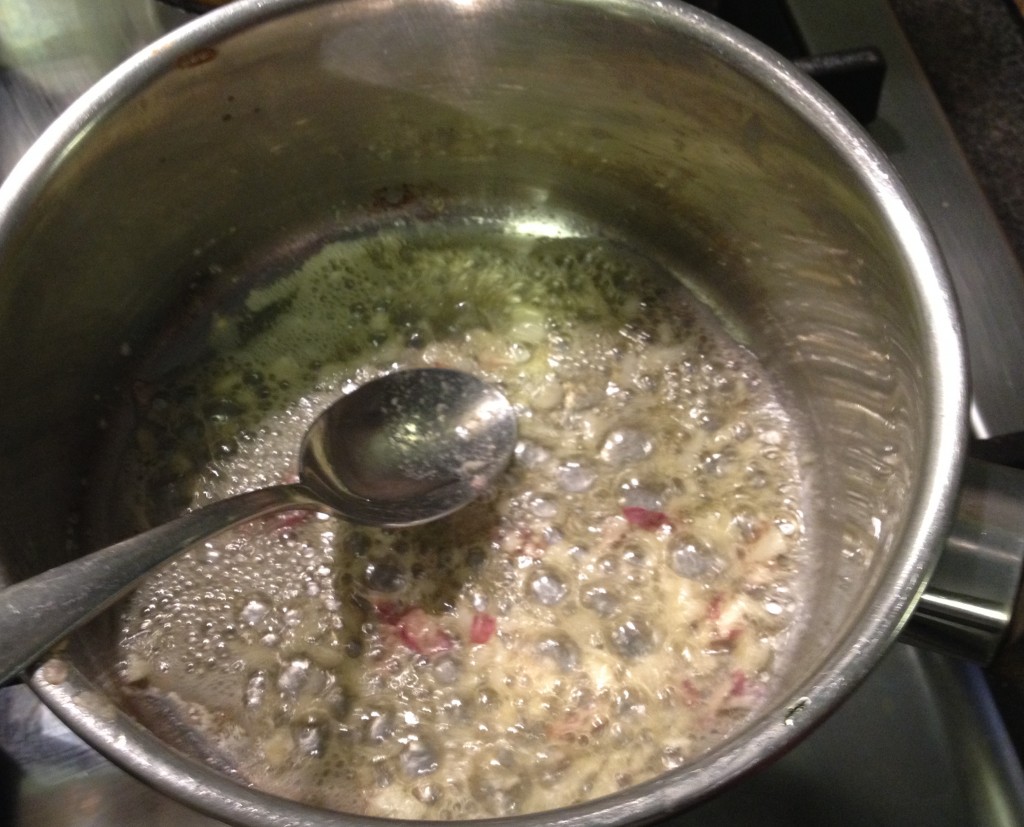
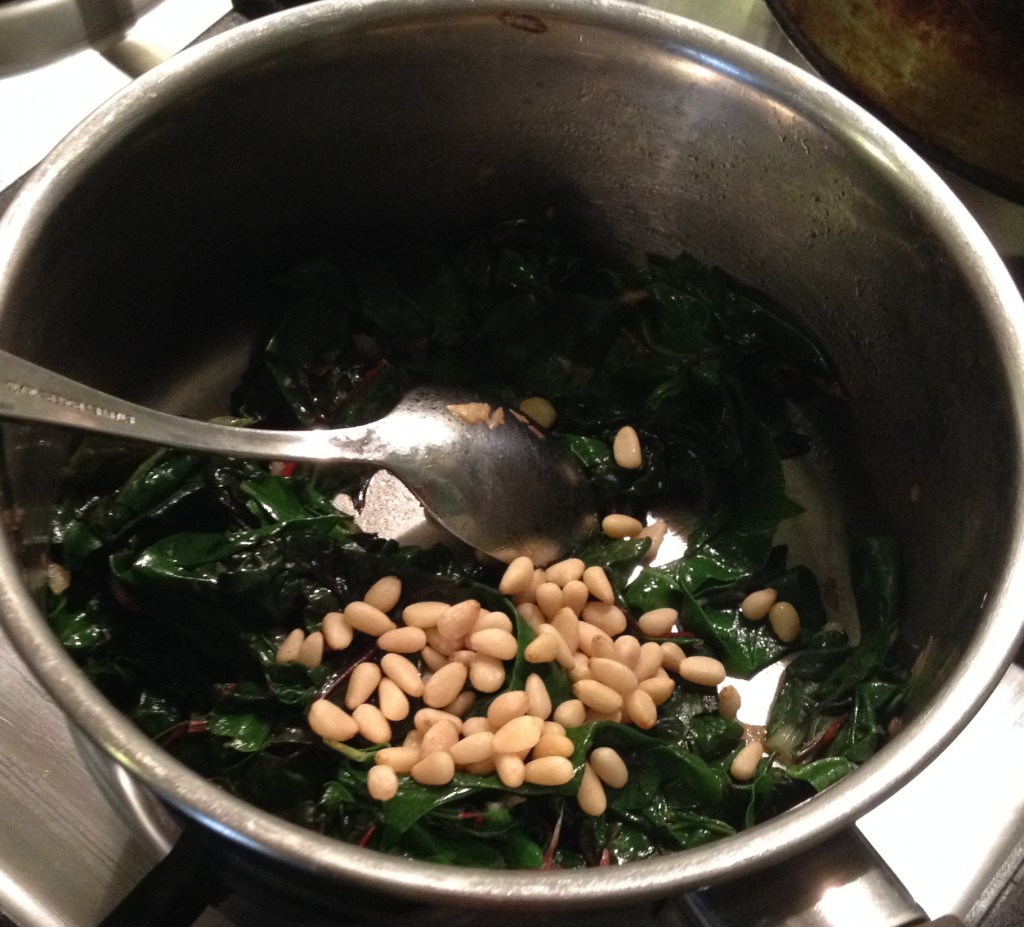
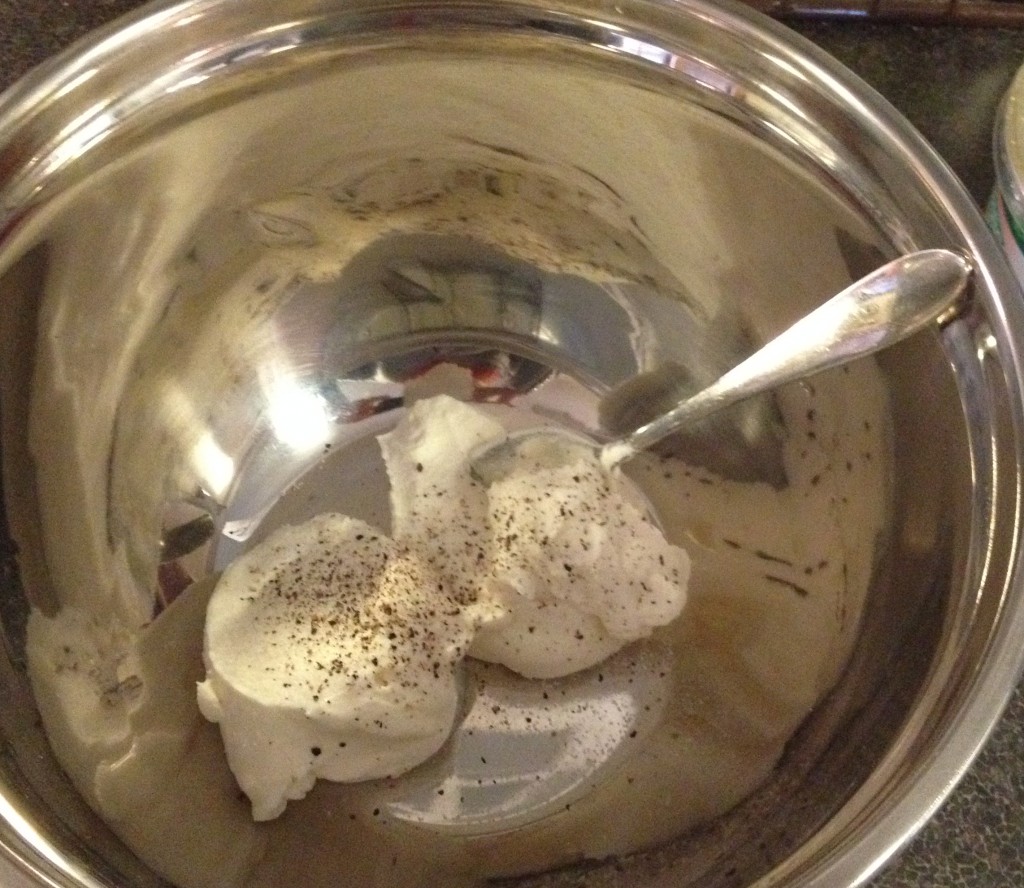
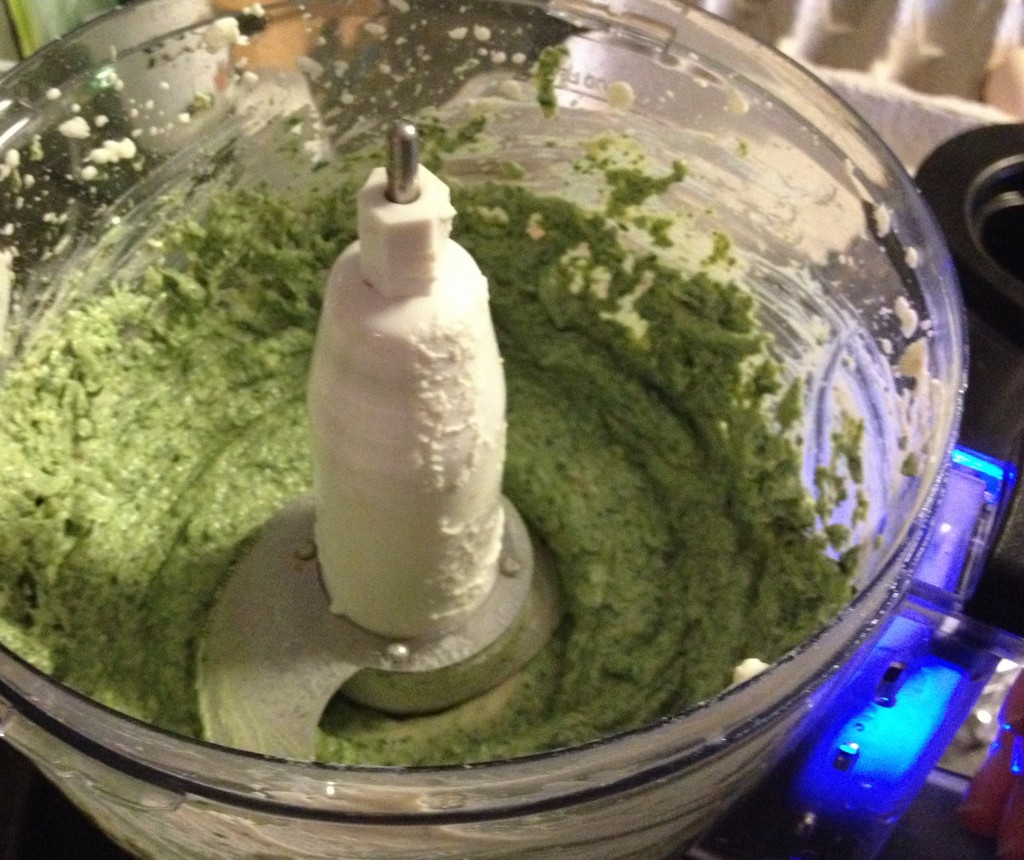
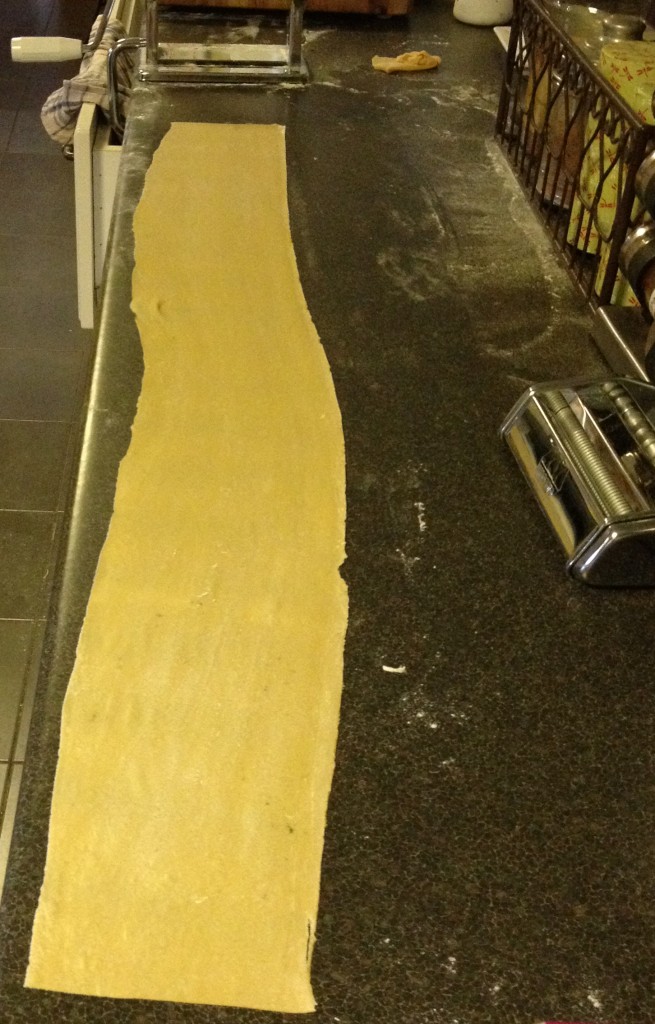
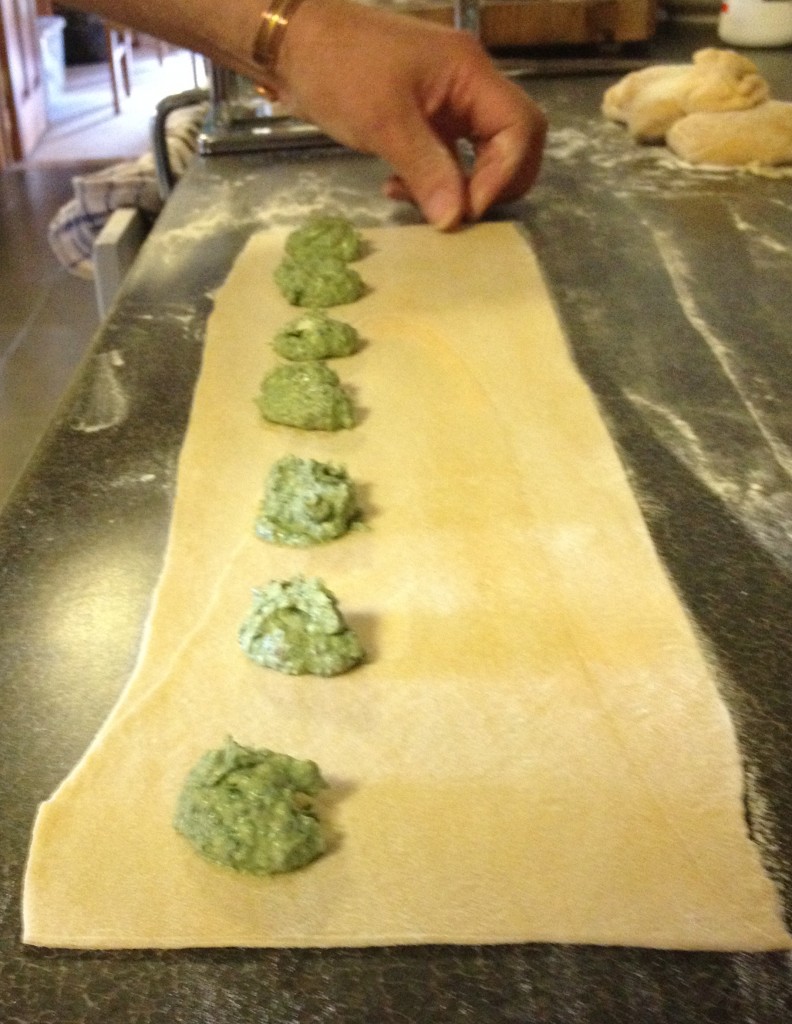
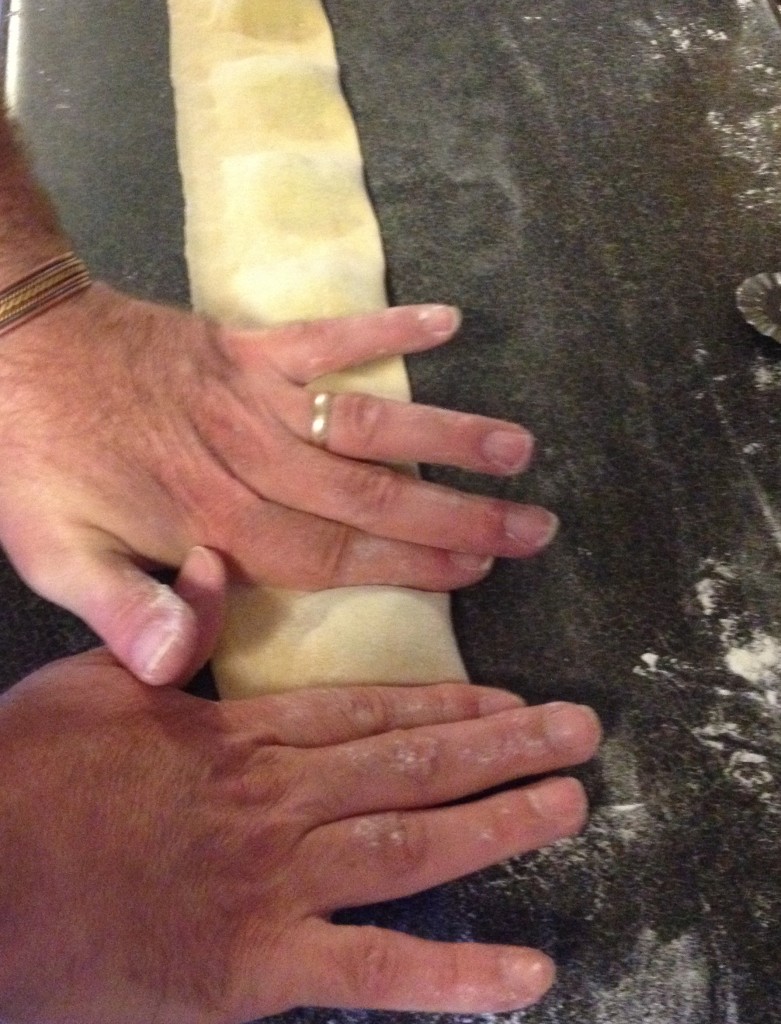
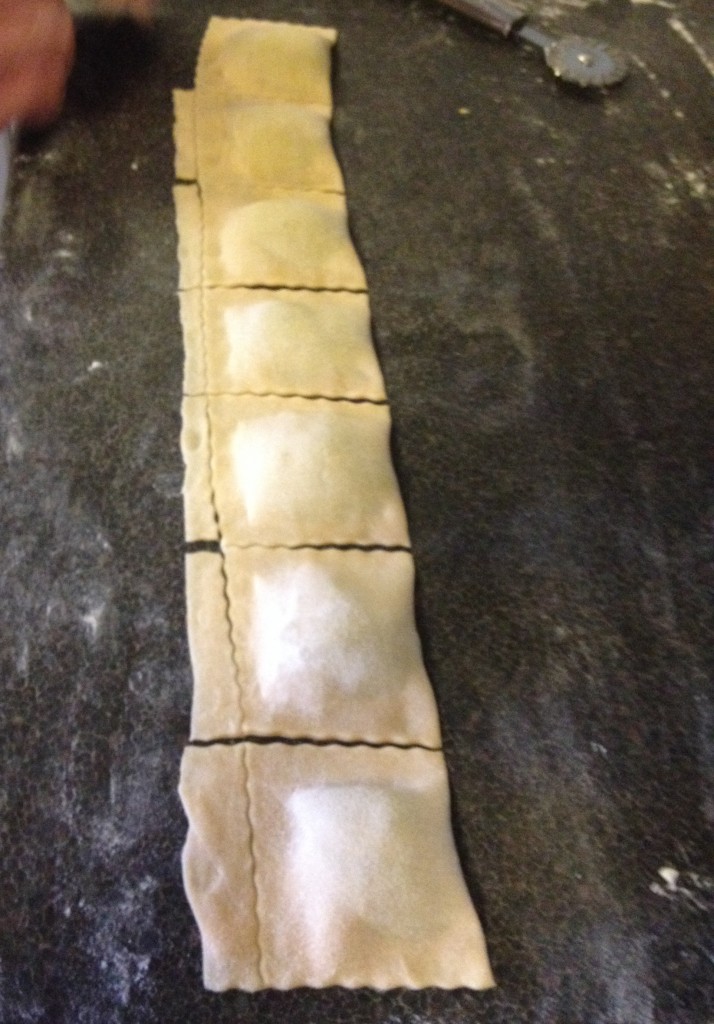
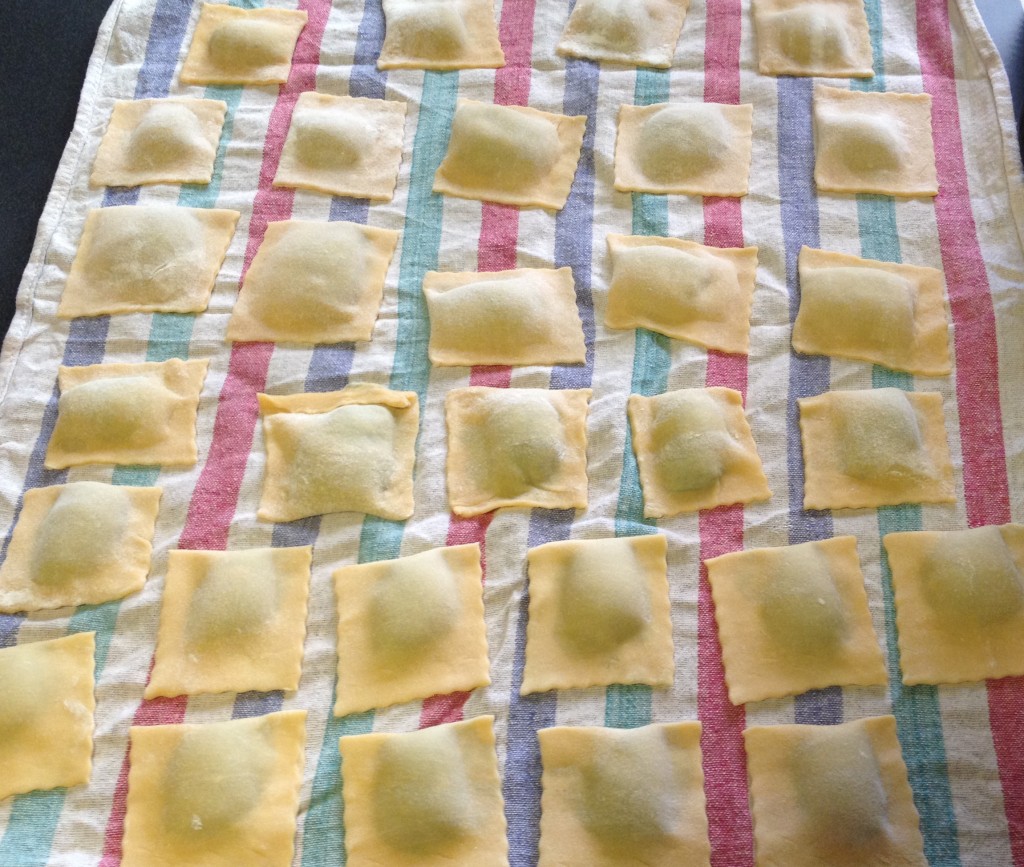
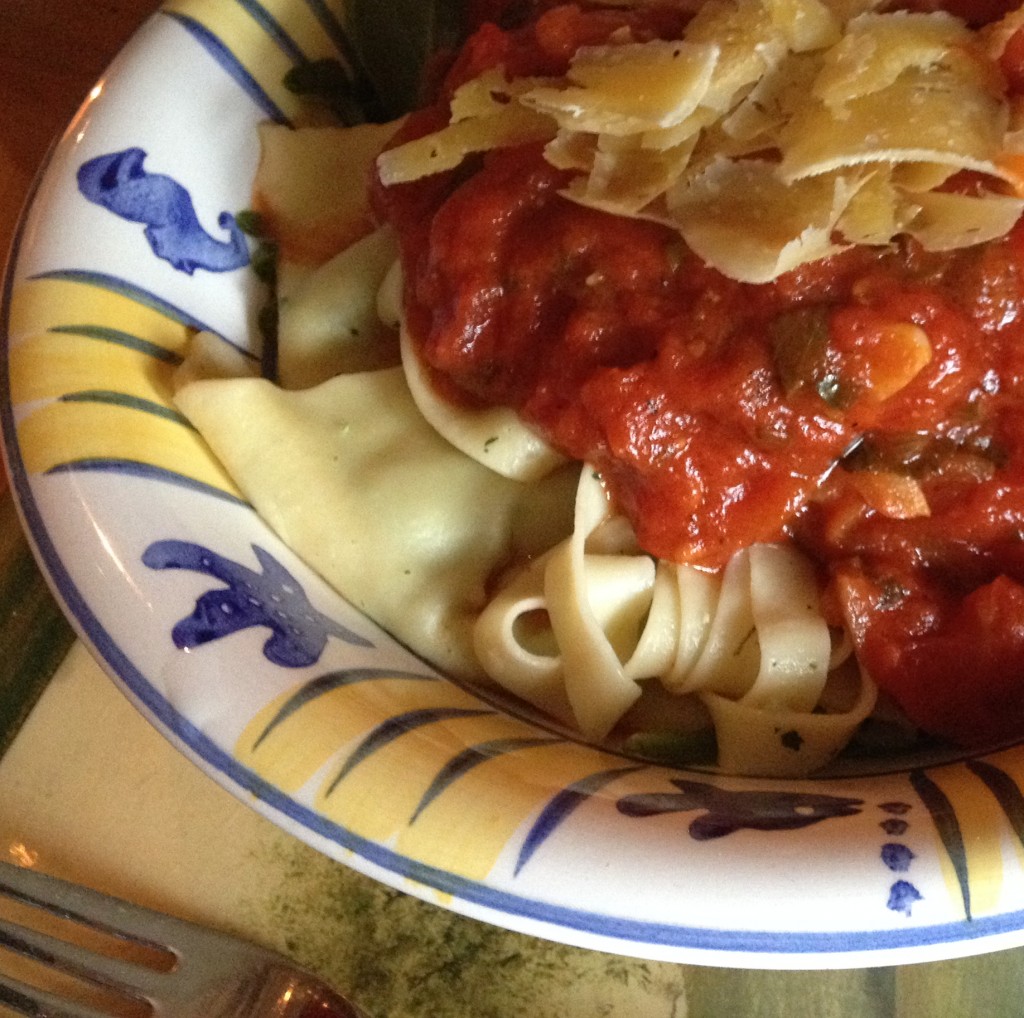
Thanks Gav, that look so easy even i could do it.
Cheers Lynda. It is easy, and tastes delicious.
I’ve done ravioli with mashed sweet potatoes before. Serve with crumbled feta or goat’s cheese, some greenery and a drizzle of olive oil and balsamic vinegar. I stored them in the freezer, only left them too long so they cracked. Most of the sweet potato came out after I cooked them. Still tasted great! So next time I’m considering skipping the ravioli bit and serving tagliatelle with sweet potato sauce and all the other bits.
I’ve also done beetroot pasta and filled them with goat’s cheese, ricotta and garlic.
Sounds delicious Krista. The goat’s cheese, ricotta, and garlic might be my next attempt. x